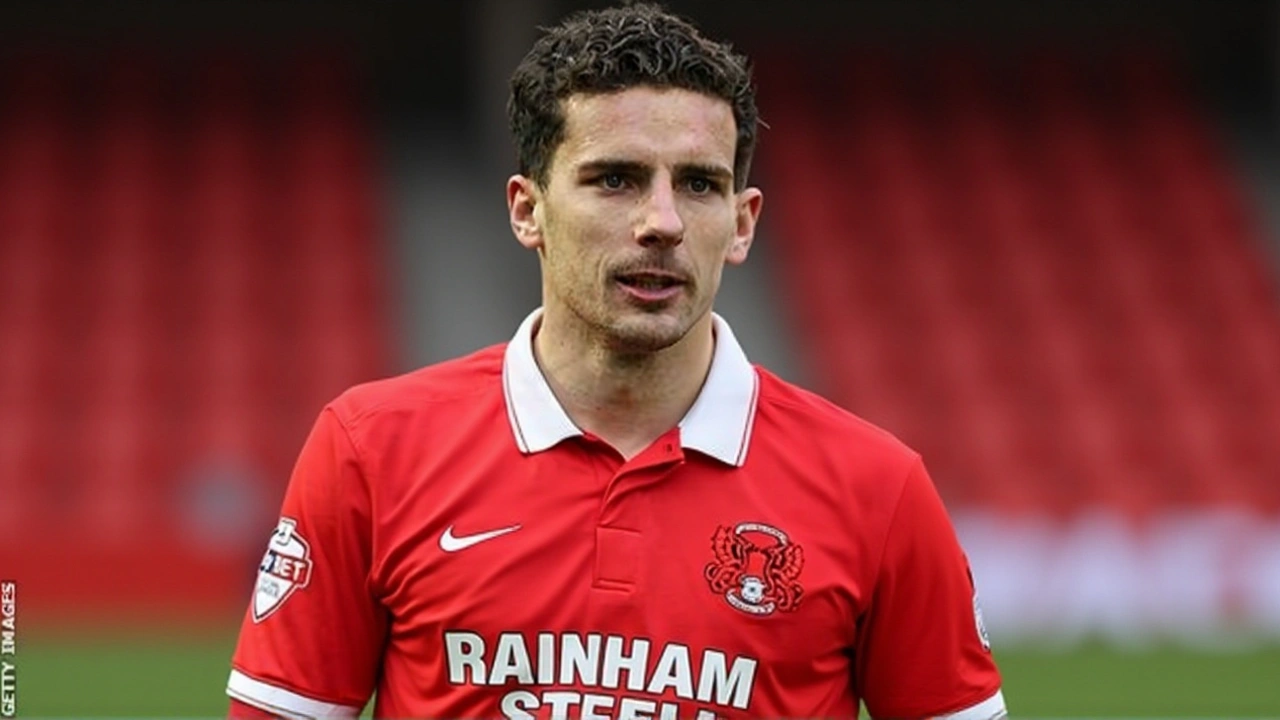French Defender: Roles, Skills and Impact
When talking about a French defender, a player who fills a defensive slot for a French club or the national side, usually as a centre‑back or full‑back. Also known as defender from France, it combines physicality, tactical awareness and often a flair for building play from the back. The development pathway for a French defender often runs through Ligue 1, where the league’s blend of technical and physical demands shapes talent. On the biggest stage, a French defender can become a cornerstone of the World Cup campaign, providing stability and confidence to the backline. Understanding these links helps you see why the role matters across club and international football.
Key Attributes That Define a French Defender
First, positioning is non‑negotiable. A French centre‑back must read the game well enough to anticipate passes and cut off angles before attackers exploit space. Second, aerial ability matters; whether defending set‑pieces or joining attacks, winning headers is a daily task. Third, modern French defenders are expected to be comfortable with the ball – pressing opponents high, playing short passes, and sometimes acting as a deep‑lying playmaker. Finally, mental toughness caps the package. In high‑pressure matches like a World Cup knockout, a single mistake can cost a nation, so composure under fire becomes a decisive factor.
These attributes aren’t isolated – they interlock. For example, strong positioning supports aerial duels because a well‑placed defender meets the ball before the opponent, reducing the need for risky jumps. Likewise, ball‑playing confidence feeds mental toughness; when a player trusts his passing, he’s less likely to panic under pressure. This web of skills explains why scouting reports often list French defenders as “balanced” – they bring a mix of classic defending and modern build‑up play.
When you look at top-tier clubs in Ligue 1, you’ll notice a pattern: their backlines combine veteran leaders with emerging talent from the academy. This blend creates a learning environment where younger French defenders absorb tricks of the trade from seasoned internationals, accelerating their readiness for tournaments like the World Cup. The result is a pipeline that consistently supplies Europe’s elite leagues and national teams with reliable defensive options.
From a tactical standpoint, French defenders often thrive in systems that employ a high‑line, pressing style. When a team pushes up, the centre‑back must be quick enough to cover space behind and coordinate with the defensive midfielders. This requirement pushes clubs to favor defenders who can sprint back and keep a tight line, influencing scouting priorities across Europe. It also explains why you’ll see French defenders starring in clubs that favor possession‑based play – their comfort on the ball dovetails with a need to break opposition presses.
In recent seasons, the spotlight on French defenders has shifted toward versatility. Full‑backs who can invert into midfield, centre‑backs who occasionally drift into the midfield three, and wing‑backs who provide width are all in demand. This trend aligns with the evolution of modern football, where rigid positions give way to fluid roles. As a result, a French defender today often trains for multiple scenarios, making them valuable assets for coaches looking to adapt tactics mid‑game.
Our collection of articles below mirrors these themes. You’ll find pieces that break down a French defender’s role in a World Cup qualifying match, profiles of Ligue 1 stars who’ve moved to the Premier League, and tactical analyses showing how a centre‑back’s ball‑playing ability unlocks attacks. Whether you’re a fan, a budding player, or a coach, the stories give concrete examples of the concepts discussed here.
Ready to see how these ideas play out on the pitch? Browse the posts below to get a closer look at real‑world performances, transfer news and tactical breakdowns that put French defenders in the spotlight.
French centre‑back Mathieu Baudry’s 2012 free move to Doncaster Rovers launched a decade‑long lower‑league rise, culminating in a League Two title with Swindon Town.
More
